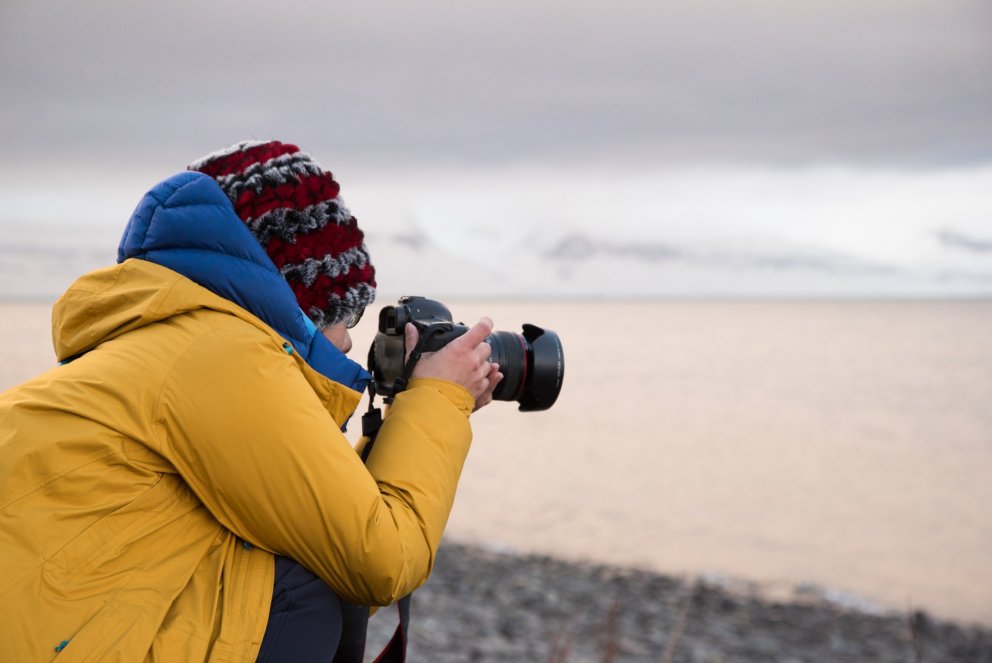Capture great photos of Iceland’s Westfjords
Free from mass tourism and blessed with blustery stretches of salt-sprayed beaches and dramatic, otherworldly landscapes, Iceland’s Westfjords are an untouched wonderland where nature reigns supreme.
It’s especially thrilling for photography enthusiasts, who can spot Arctic foxes in the wild, document moody weather moments and discover the simple beauty of traditional fishing villages.
With that in mind, Lonely Planet has asked a selection of experts, professional photographers, native guides and wildlife lovers to share their top tips on visiting this region with a camera in hand.
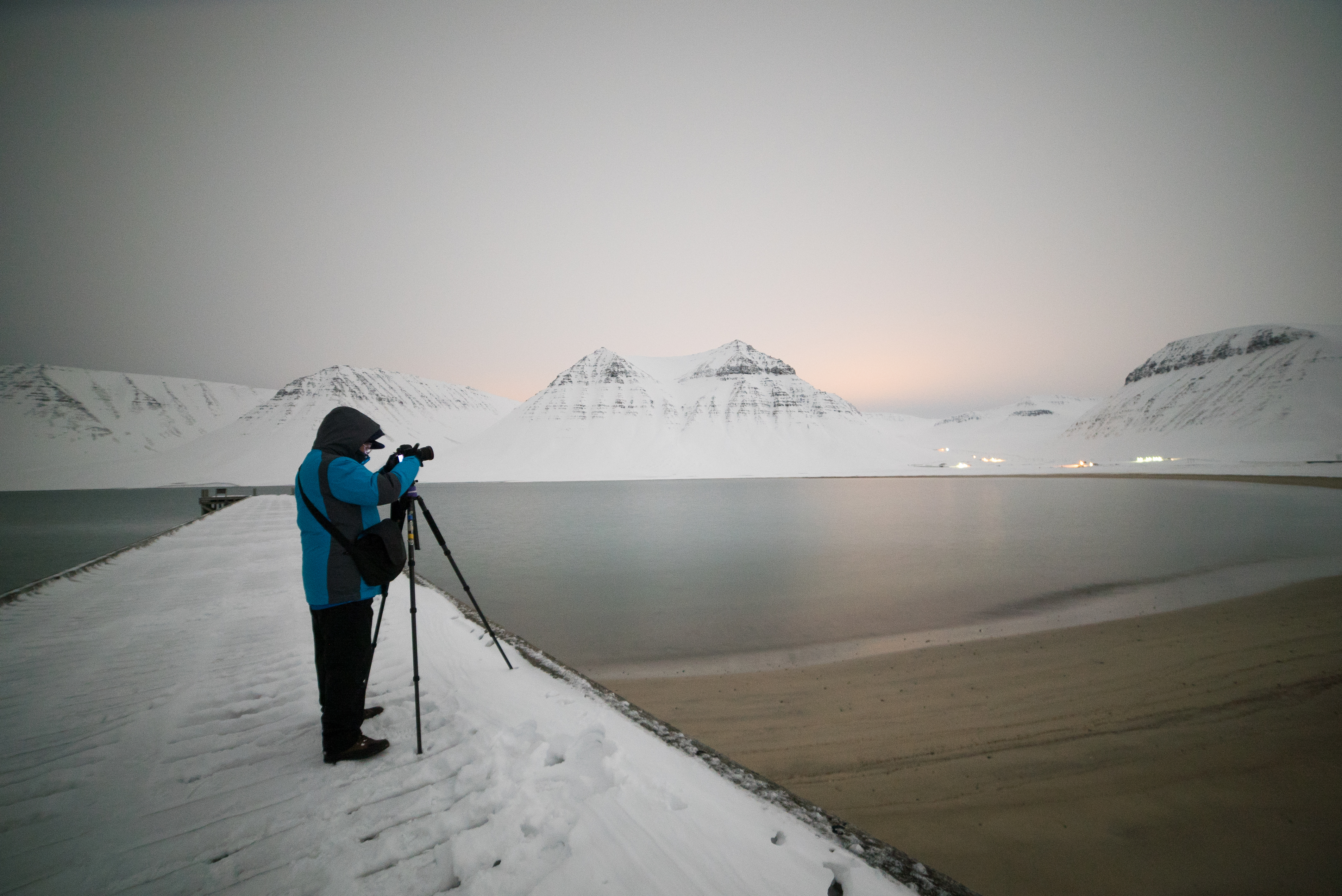
Respect the flourishing wildlife while seeking those special shots
As a nature photographer, Dominika Milek is constantly inspired by the compelling scenes and subjects right on her doorstep.
"The breathtakingly beautiful Westfjords are definitely among my favorite places in Iceland. Due to the distance from Reykjavík and the fact that the Ring Road bypasses the Westfjords altogether, there is not much tourist traffic in this region. What draws me here especially are the pristine landscapes and the Arctic foxes, which are most abundant in this area. I think the best time to visit the Westfjords is in the summer when Iceland enjoys almost 24 hours of daylight, and thanks to Iceland's northerly location in the world, it experiences some of the longest golden hours on the planet. The long days provide plenty of time to locate Arctic foxes, which are always a tasty photographic morsel to me. If you want to photograph the Arctic fox you should definitely go to Hornstrandir Nature Reserve, which is one of the least populated regions in Iceland. The lack of inhabitants over the past few decades has allowed nature to thrive, making this place ideal for those looking to encounter wildlife in Iceland.
"Despite the fact that foxes are relatively easy to spot in this place and, often driven by curiosity, come quite close to people, you should remember to keep your distance when photographing wildlife to avoid stressing the animals with your presence. Use telephoto zoom lenses that allow you to capture the subject in detail without getting too physically close to the animal.”
You are at the whim of the weather, so use it to your advantage
British photographer Laura Cogan has been living in Iceland for the past five years, with the country’s boundless natural beauty being what first drew her there.
“Iceland has the most amazing scenery and a well-deserved reputation for being a photographer's paradise. I primarily shoot with film using a Hasselblad 500cm and a tripod. I explored every inch of the Westfjords in July. I would say always expect the unexpected and be prepared in regards to the weather. I got lucky one or two days with some sun, but for the most part, it was overcast, giving off very flat light. Whatever weather you are dealt you can turn it to your advantage, however, which is what I did here with this image.
"The clouds were hanging low across the mountain tops when I came across this lonely abandoned house. I knew the scene would be amplified in black and white, and framed the shot to show the insignificance in size between the house and mountains. So remember that the weather here will show no mercy for you and your photography expectations, but if you go in knowing this then you can adapt and be prepared to produce some truly memorable shots. It’s also worth noting that road conditions can vary in wintertime, so be prepared for that inevitability too.”
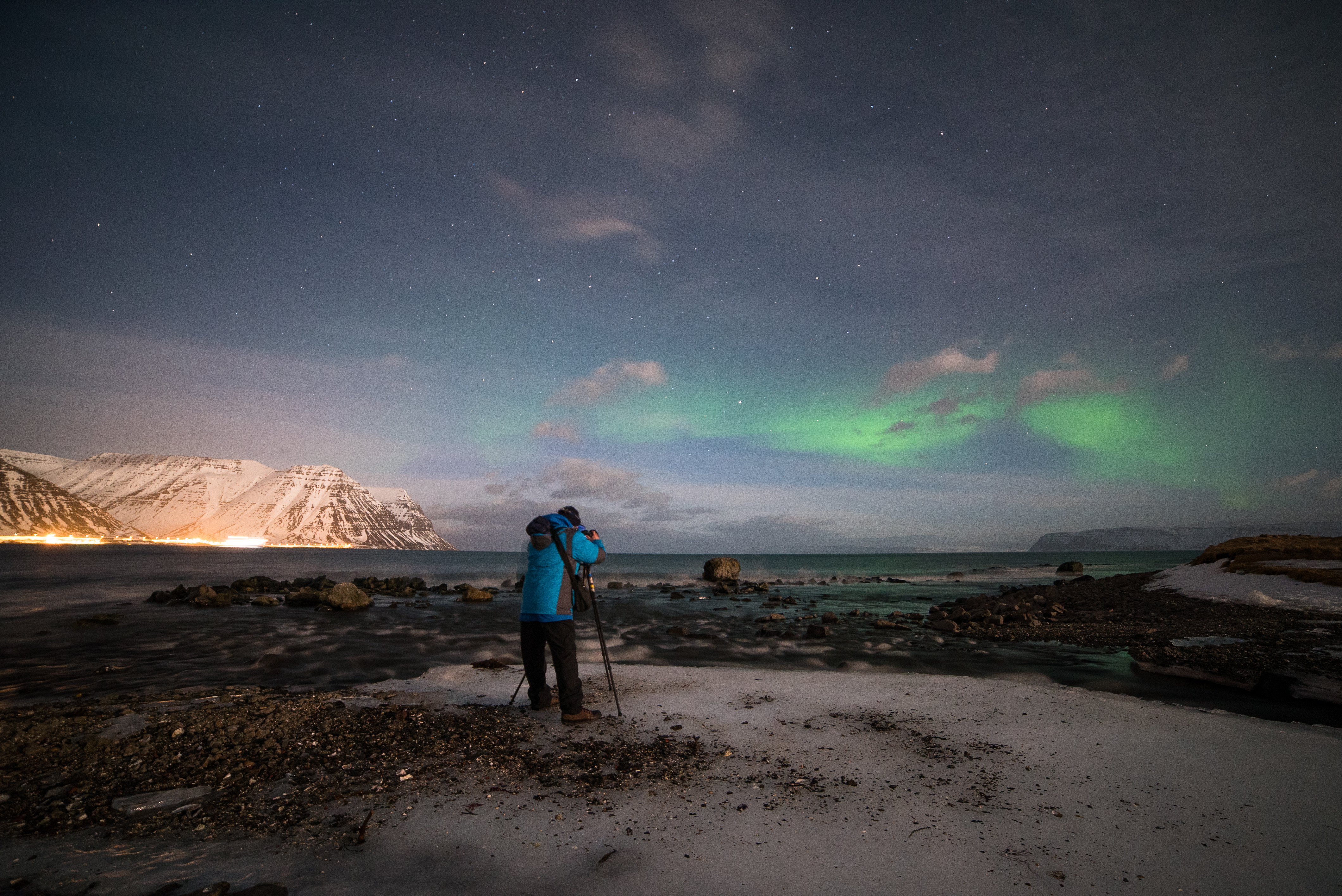
Don’t miss hidden gems and the chance to capture local culture
Author and photojournalist James Rushford is no stranger to Iceland, having published a series of guides about photographing the country.
“Stunning mountain vistas aside, one of the key attractions of Iceland’s Westfjords is its cultural appeal. As one of the country’s least-visited regions, and with little in the way of mass tourism, visitors here get a more authentic experience in an area that has changed little over recent years. Remnants of a once-thriving herring fishing industry can still be found dotting the landscapes, adding significant cultural interest to the already impressive landscapes.
"On the south-eastern shore of Patreksfjörður it is possible to see the final resting place of Iceland’s oldest steel ship – Garðar BA 64 – which ran aground in Skápadalur valley. The rusting remains make a perfect photography subject during bad weather when dark skies add an ominous feel to the scene. Further north in Bolungarvík, the Ósvör Maritime Museum has created an authentic replica of an old fishing outpost, the reconstructed 19th-century dwellings providing a perfect foreground to the Bolafjall cliffs beyond. This is a perfect sunset venue throughout much of the year, with many of the best compositions found looking west and south-west.
"To the east lies Djúpavík, one of the region's remotest villages and home to a now-abandoned herring factory. It is perfect for those photographers that enjoy industrial scenes of urban decay. A tour of the interior can be booked by contacting the family at Hotel Djúpavík. The interior is dimly lit with high contrast scenes, often necessitating the use of a tripod and exposure bracketing. For those wishing to shoot handheld, a fast, wide-angle prime lens is ideal.”
Take to the water beneath the midnight sun
Isley Reust lives in a fishing village in the Westfjords called Ísafjörður. As a photographer and guide, she enjoys taking people on sailing trips to discover different views the area.
“I particularly love Hornstrandir Nature Reserve. On boat trips we sail with Aurora Arktika and stay for a week at a time. The advantage of staying on a ship is having easy access all around the nature reserve without having to worry about roads, and it really gives you that true Icelandic experience. When it comes to photographing the area in the summer, we have the midnight sun which means we can have up to 24 hours of sunlight. The peak of it is the summer solstice around June 21 and it is fascinating to experience. On sunny days (which can be rare) when the light can be harsh, my favorite time to shoot is either late in the evenings or to go out on overcast days. I enjoy having some weather action because it gives the photographs more life and character in my opinion, instead of having a dull blue sky.”
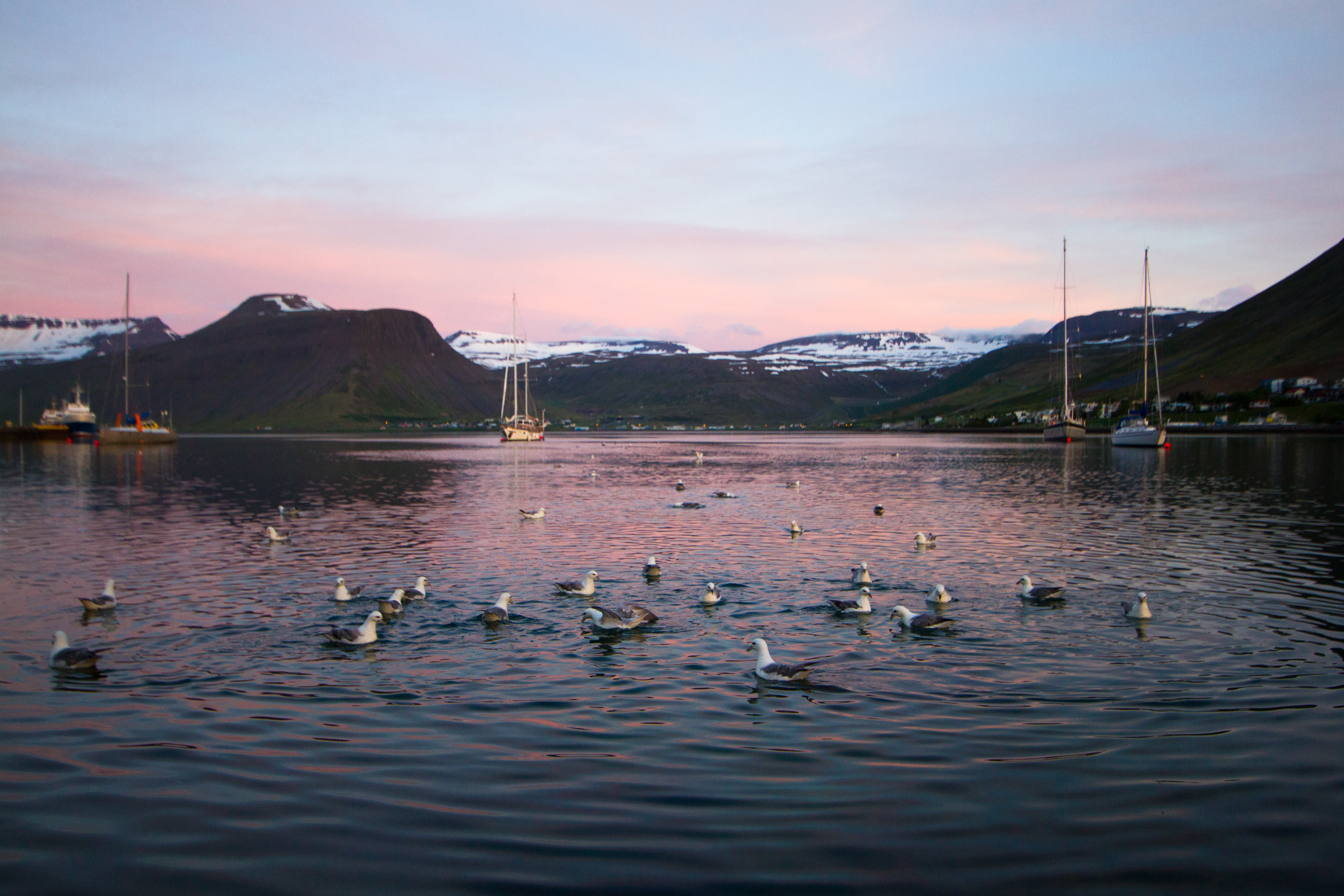
Capture scenes of golden sand set against snowy mountain peaks
Photographer Ása Steinars grew up in the north of the country, but has a deep appreciation for the unique beauty of the Westfjords.
“Flateyri is a small town located in Önundafjörður Fjord. It's definitely not the typical tourist hot spot, but a true hidden gem, full of beautiful nature. The fjord itself has steep mountains on both sides, which frames it perfectly, making it extremely photogenic. One of the main attractions is Holt Beach, which is a rare golden-sand beach and dune system that curls out into the fjord. All year around, you can visit the beach and photograph the beautiful contrast between the tropical-looking beach and the dramatic mountains surrounding it. In summer, you can use the opportunity to go for a swim and jump off the pier.
"Photographing this area of Iceland, is really up to the explorer. There is no 'one money shot,' or a single frame to chase, but it's rather about spending time in this beautiful natural environment, going for hikes and seeing what you'll find. If you're lucky you might stumble upon an Arctic fox, spot some whales playing at the edge of the fjord or even the magical midnight sun in summer or the northern lights in winter.
"The mountains are unique looking, since the mountain tops are completely flat, making aerial photography of the fjord very interesting. In winter you can even drive snowmobiles all the way up to the mountain tops and cruise around the mountain edges for kilometers at a time, exploring the beautiful view and the ocean beneath.”
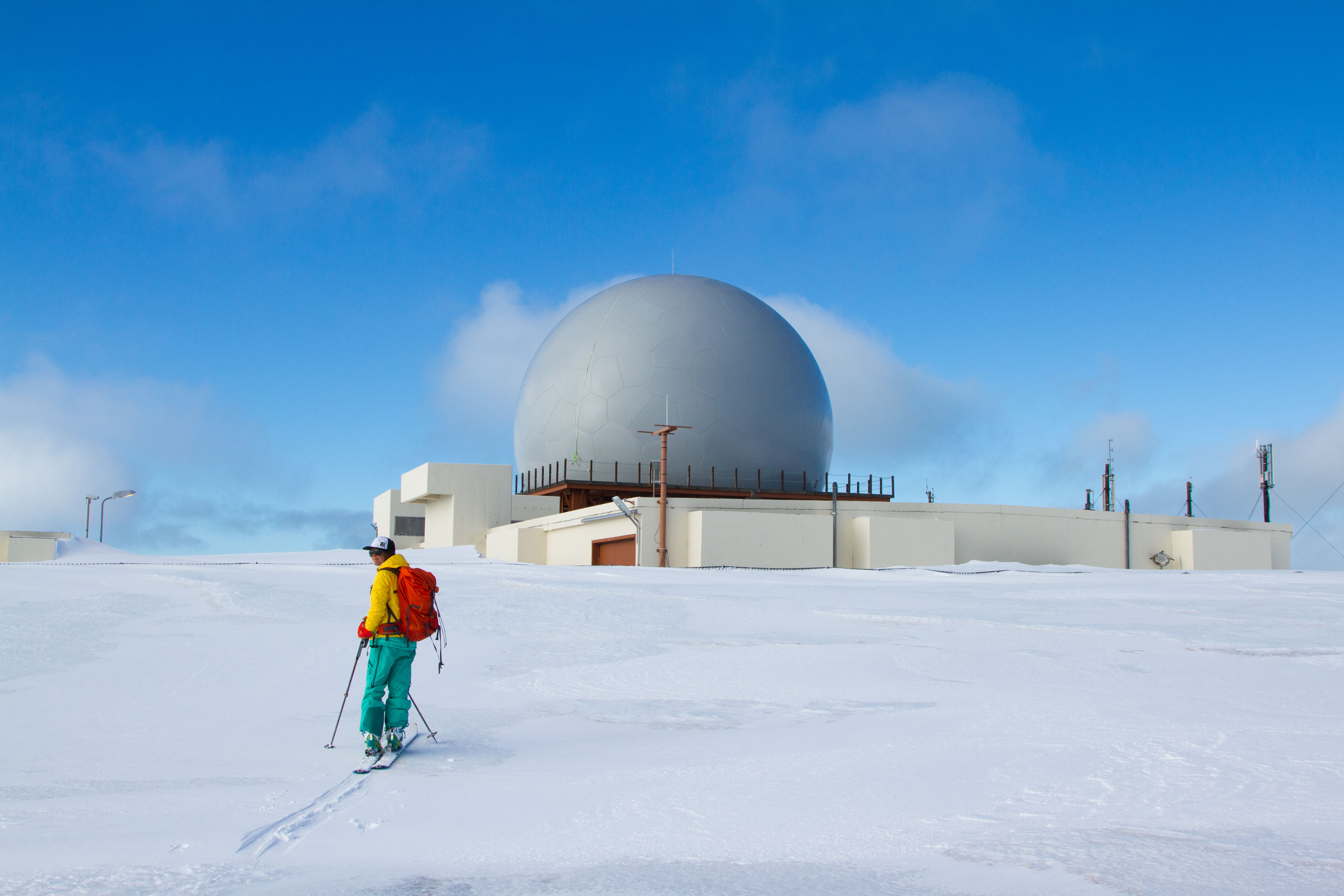
Head to a vast wilderness to spot the northern lights
Björgvin Hilmarsson works as a photographer, fixer and mountain guide in Iceland.
“A less-traveled part of the Westfjords is called Strandir. In summer you can drive there but the road is not serviced for some months in the wintertime. Instead you need a boat or a snow scooter. The landscapes are dramatic: wildlife all around, hot pools and it even has one of Iceland’s biggest rock climbing crags. Traveling to Strandir during winter is adventure guaranteed.
"Far away from light pollution, Strandir is possibly the perfect area for capturing the northern lights. The lights are often visible during the winter months, but you need a mostly clear sky. Expect to wait for the right weather window, and when it comes, be patient and dress properly. Be prepared for the cold and the wind.
"One challenge [when photographing the northern lights] is getting the focus right in the dark. Bring a strong headlamp with you, light up an object at least 30m away and focus on that. Setting the focus using the infinity symbol, unfortunately, doesn't always work.”
Article from Lonely Planet:
https://www.lonelyplanet.com/articles/westfjords-photography-tips

